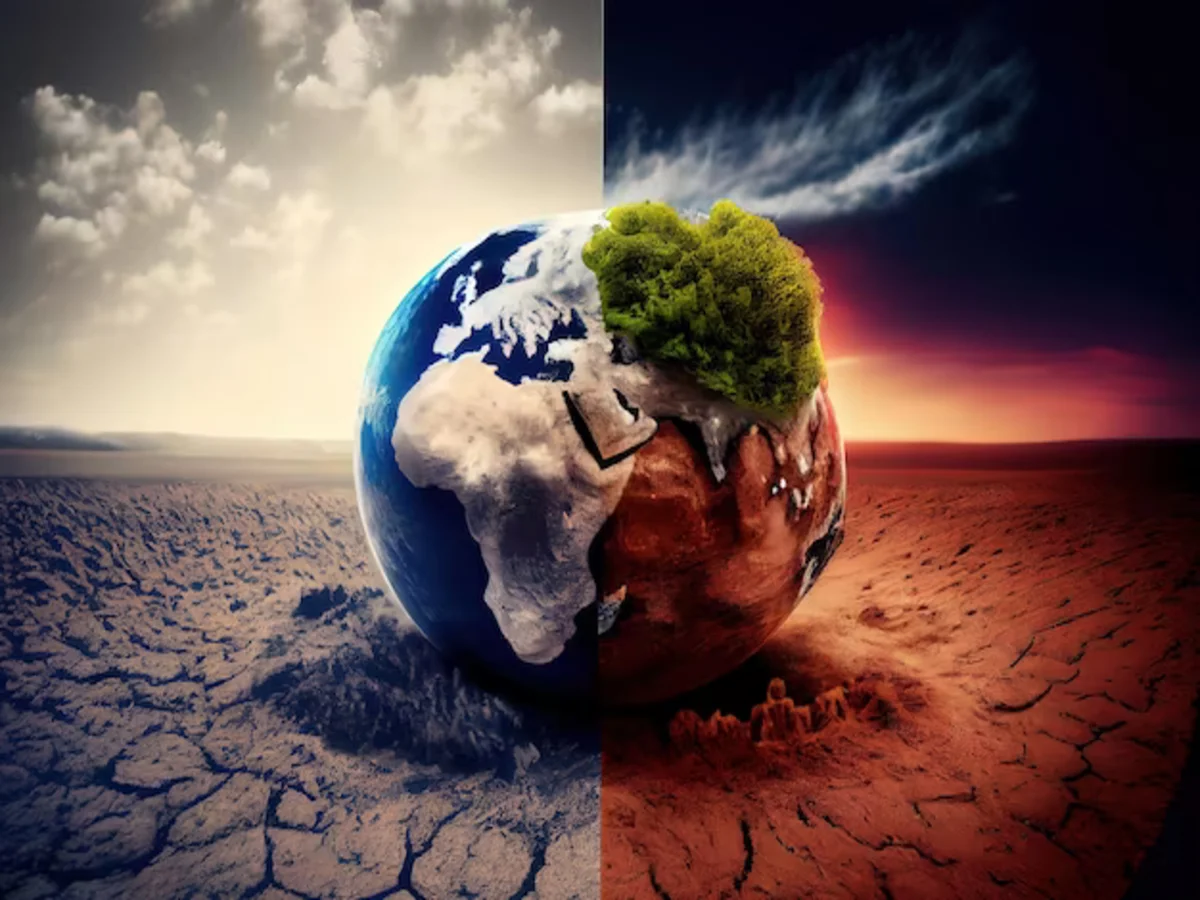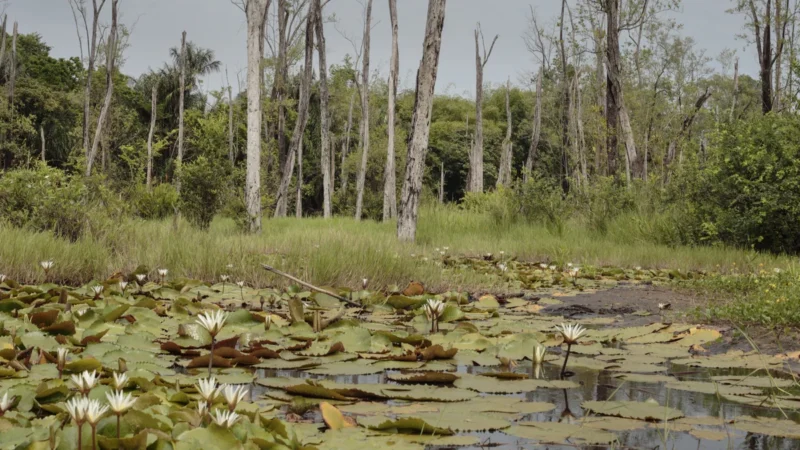Global Warming vs. Climate Change: How They Impact Our Planet

Global warming and climate change are often used interchangeably, but they represent distinct aspects of the Earth’s changing climate. While both phenomena are interconnected, it is essential to understand their differences and how they impact our planet. In this article, we will delve into the concepts of global warming and climate change, exploring their implications on the environment, ecosystems, and human societies.
1.Importance of Global Warming and Climate Change
Global warming refers specifically to the long-term increase in Earth’s average surface temperature, primarily attributed to the enhanced greenhouse effect. This effect is caused by human activities, such as the burning of fossil fuels, deforestation, and industrial processes. Greenhouse gases, including carbon dioxide (CO2), methane (CH4), and nitrous oxide (N2O), trap heat in the atmosphere, leading to a warming trend. On the other hand, climate change encompasses broader shifts in weather patterns, including temperature, precipitation, and wind, over an extended period.
2.The Role of Greenhouse Gas Emissions
Human activities, especially the burning of fossil fuels for energy production and transportation, are major contributors to greenhouse gas emissions. Deforestation and certain industrial processes also release significant amounts of these gases into the atmosphere. These emissions trap heat, intensifying the greenhouse effect and contributing to global warming, ultimately impacting the overall climate.
3.Impacts on the Earth’s Climate
The consequences of global warming and climate change are far-reaching. Changes in weather patterns, such as increased frequency and intensity of heatwaves, storms, and droughts, are observed globally. Extreme weather events become more common, affecting agriculture, infrastructure, and human safety. Additionally, rising global temperatures lead to the melting of polar ice caps and glaciers, resulting in rising sea levels, which pose significant risks to coastal communities.
4.Effects on Ecosystems and Biodiversity
Climate change disrupts ecosystems and threatens biodiversity. As temperatures rise and weather patterns shift, many species face challenges in adapting or migrating to suitable habitats. This can lead to habitat loss and an increased risk of extinction for numerous plant and animal species. Additionally, alterations in temperature and precipitation patterns can affect ecosystems’ functioning, potentially disrupting critical ecological processes.
5.Impact on Human Societies and Agriculture
Climate change poses significant challenges to human societies. Changes in weather patterns and extreme events can disrupt food production and threaten food security in vulnerable regions. Additionally, altered precipitation patterns may lead to water scarcity, affecting agriculture, industry, and access to clean water. Moreover, rising sea levels and the increasing frequency of extreme weather events may force people in coastal areas to migrate, leading to climate refugees.
6.Mitigating Global Warming and Adapting to Climate Change
Addressing global warming and climate change requires urgent action on both individual and societal levels. Mitigation efforts involve reducing greenhouse gas emissions through the adoption of renewable energy sources, energy efficiency, and sustainable practices. Furthermore, adaptation measures are essential to enhance climate resilience, protect vulnerable communities, and preserve biodiversity.
we can conclude this, while global warming and climate change are interconnected, they represent distinct aspects of the Earth’s changing climate. Global warming specifically refers to the long-term increase in Earth’s average surface temperature due to human-induced greenhouse gas emissions. Climate change encompasses broader shifts in weather patterns over extended periods. The impacts of these phenomena on the environment, ecosystems, and human societies are extensive, necessitating immediate and concerted efforts to mitigate global warming and adapt to climate change. By understanding these concepts and their implications, we can work towards a sustainable future for our planet.
FAQs
1.What is the difference between global warming and climate change?
Global warming refers specifically to the long-term increase in Earth’s average surface temperature due to human-induced greenhouse gas emissions. On the other hand, climate change encompasses broader shifts in weather patterns, including temperature, precipitation, and wind, over an extended period.
2.What causes global warming?
Global warming is primarily caused by human activities, such as burning fossil fuels (coal, oil, and natural gas), deforestation, and certain industrial processes. These activities release greenhouse gases into the atmosphere, trapping heat and leading to a warming trend.
3.How does climate change affect the environment?
Climate change has various impacts on the environment, including changes in weather patterns, more frequent and intense extreme weather events (like heatwaves and storms), rising sea levels due to melting ice caps and glaciers, and disruption of ecosystems, leading to habitat loss and species extinction.
4.What are the consequences of climate change for human societies?
Climate change poses significant challenges to human societies. It can disrupt food production and threaten food security in vulnerable regions, lead to water scarcity, affect agriculture and industry, and force people in coastal areas to migrate due to rising sea levels and extreme weather events, creating climate refugees.
5.What can we do to address global warming and climate change?
Taking action on both individual and societal levels is crucial. We can mitigate global warming by reducing greenhouse gas emissions through adopting renewable energy sources, increasing energy efficiency, and promoting sustainable practices. Additionally, adaptation measures are essential to enhance climate resilience, protect vulnerable communities, and preserve biodiversity.


